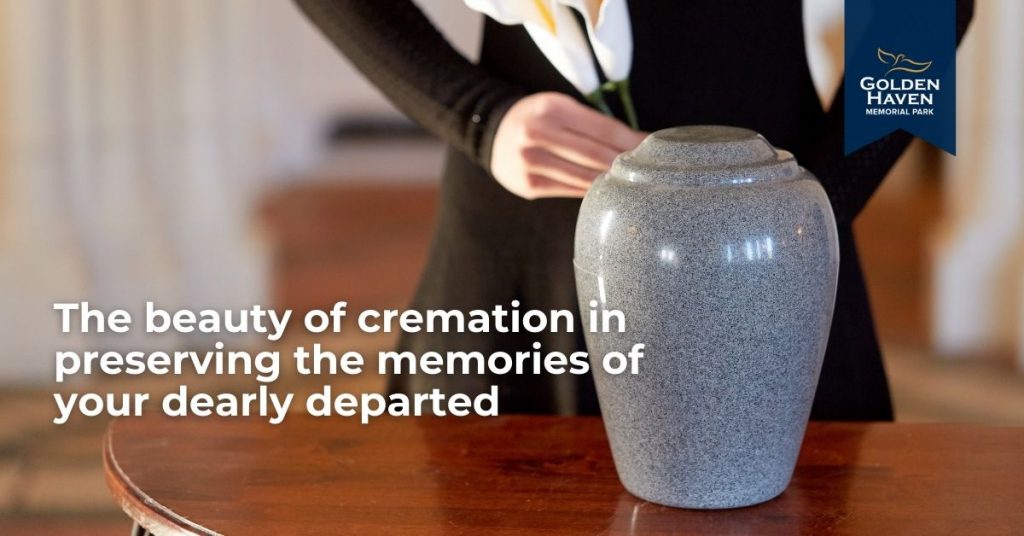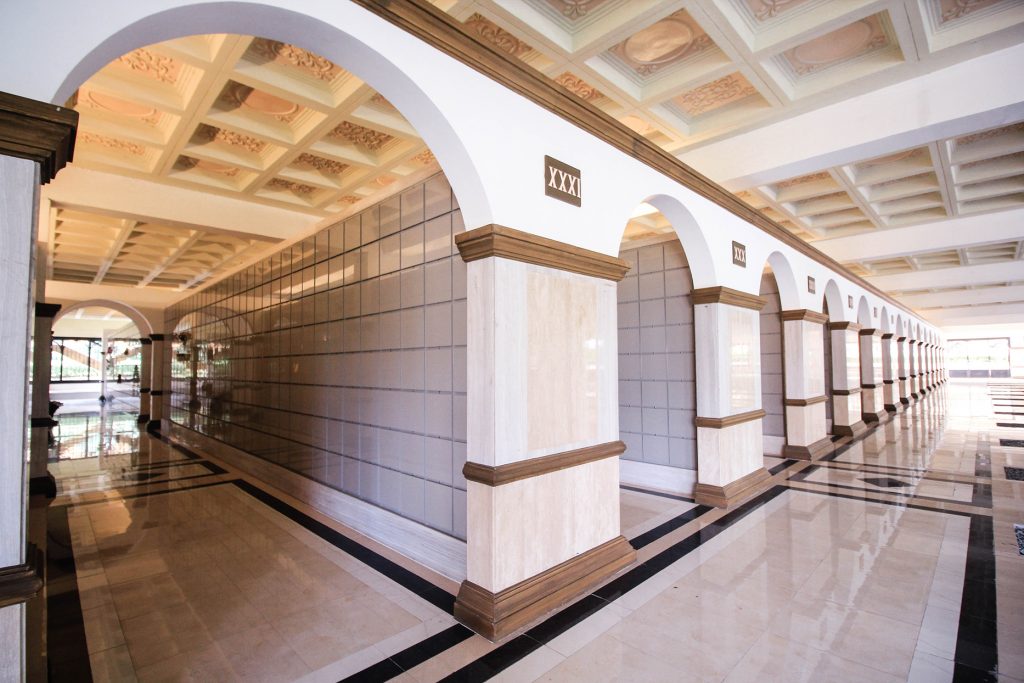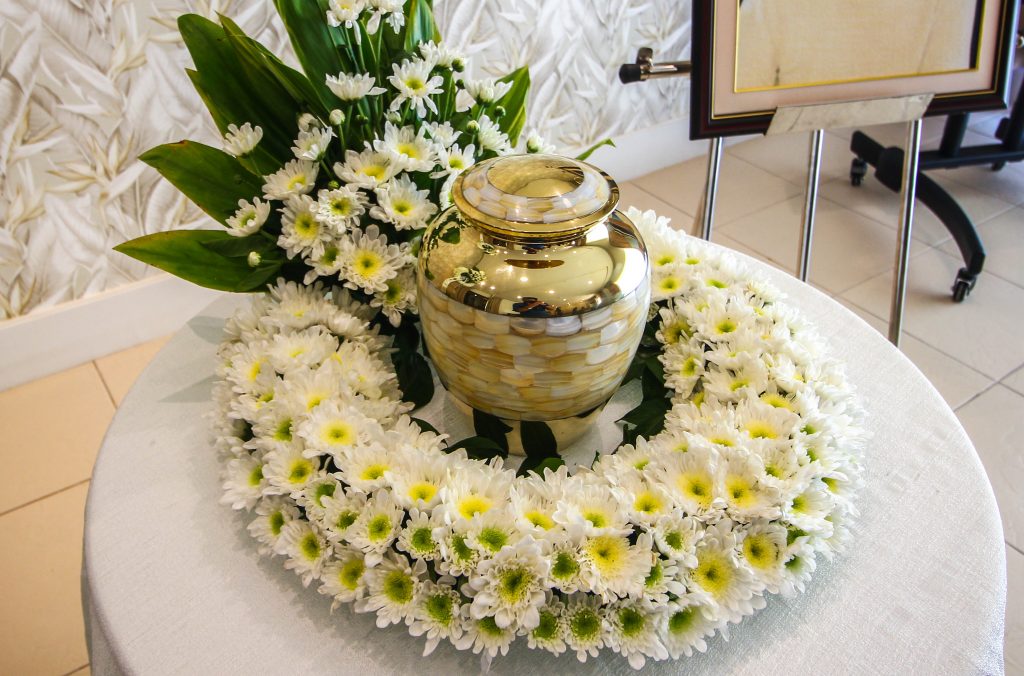There are lots of interesting facts about cremation that you'd surely want to know about.
Although cremation was known to man 2.6 million years ago, it only gained prominence in the last two years, especially to those who have lost their loved ones to Covid-19, where health authorities require that bodies be disposed of quickly to avoid transmission of the disease.
Cremation goes against the teachings of the church. However, even the clergy is now open to the idea of cremation. Even Catholics cremate their dead and want their ashes either kept in an urn or be scattered in a special place that matters to them or their loved ones. So, cremation or burial? Let's talk about the interesting facts about cremation before you decide.
11 Interesting Facts about Cremation That You Should Know About
- Cremation replacing burials
Cremation services are 45-50% economical than a traditional burial service. It's a cost-effective option because there's no need to pay for pallbearers, caskets, headstones, or rent a cemetery. Cremation isn't only a cheaper option. It also saves space and is more environmentally friendly. You can opt to keep the cremated remains (or cremains) of your loved one in an urn, have them scattered in your preferred location, or leave the cremains in a columbarium.
- Arrangement for cremation
Decisions about the whole process of planning and arranging a cremation usually come from the immediate family members - based on the deceased's known preferences and last wishes. Like the choice of right urn, or what to do with the cremated ashes.
- Remains aren't really ashes
The intense heat inside a cremation chamber burns every tissue in a human body, but not the bones. What's left after the cremation is bone fragments and not ashes. These bones are then left to cool at a certain temperature before placing them in a grinder that destroys the bone fragments. The cremains the bereaved family receives after that procedure looks like coarse sand with a pale gray color. The amount of "ashes" depends on how tall the person was before his death. Taller people end up having a bigger pile of cremains than shorter people.
- Cremains can be turned into interesting things
Companies like Eterneva have tools that convert cremation ashes into diamonds. Your loved one's ashes are also used to make shotgun shells and fireworks. They can also be turned into stones that can be used for jewelry making.
- Japan leads in cremations
Japan has a 99.9% cremation rate. And that choice boils down to practical reasons. Not too long ago, cremation was the subject of religious, cultural, and legal debate in Japan. But over the years, cremation has become increasingly popular and more preferred than burial. Because Japan doesn't have enough space to accommodate the deceased.
- Not all things can be cremated
The crematorium staff makes sure that there are no objects in the body before starting the cremation procedure. A pacemaker, if there's any, should be removed because it can explode and cause damage to the machine.
Gold fillings, hip or knee replacements that are made of steel or titanium, metal plates, prosthetics, pins, and other jewelry don't get burned and remain with the body after cremation.
- Cremation isn't exclusive for humans
Cremation works for pets, too. It isn't just about humans. It has become a way of decommissioning the bones of your favorite pet. You have the option to store the cremains of your pet should you decide to cremate it.
- One dead body at a time
One misconception is about bodies being burned at once in a crematorium. It's both illegal and unethical to cremate one or more bodies in one retort all at once. Besides, almost all cremation chambers can only accommodate one body at a time. In some states, however, the remains of family members can be cremated together. But only if the next of kin consented to it.
- How fast is the cremation process?
The entire process of cremation takes time and it demands patience -- both on the part of the surviving kin and the cremation technicians. Certain parts of the human body need a longer time to burn. It takes 2 to 4 hours to cremate a human body at high temperatures, and a few more hours for processing the cremains. It may take a week or more for the ashes to be returned to the family.
- Cremation needs high temperature
For a human body to fully disintegrate, the heat should be between 16,000 to 18,000 degrees Fahrenheit.
The heat in the furnace reduces the body for 2 to 4 hours to gases and bones, which are then transferred to an electric processor that grinds and turns the bone fragments into a consistency similar to ash.
- Weight of cremated human remains
Human remains after the cremation process weighs between 6-8 lbs. Or 2.5 - 3.5 kilos, almost equivalent to the weight of a small bowling ball.
Other Interesting Facts about Cremation That You Should Know
- What funeral homes do with unclaimed remains
Cemeteries, funeral homes, crematoriums, and other institutions initially, would use any available space they have to store uncollected remains. Unfortunately, there's this "cremation closet" - a private area where unclaimed urns and cremation containers are kept while the firm negotiates to have the remains picked up or have them delivered to the concerned families.
These "cremation closets" are usually basements, garages, even filing cabinets. Or offsite storage facilities. But only for a certain period, depending on federal or local laws. After which, they will find a more permanent place to keep uncollected remains.
Most crematoriums with fewer resources and space will bury urns and cremation containers in a mass grave inside a memorial park or cemetery. Or scatter the unclaimed remains in a designated area inside a cemetery on condition that the firm keeps a record of said disposition.
- There can be a burial after cremation
When a family claims the remains of their loved one, they have the option of bringing the urn to their homes or having them placed in an urn vault or columbarium. Or have the remains buried in a cemetery. Holding a funeral or a memorial service is upon the discretion of the bereaved.
- It's possible to have a cremation and a funeral
Another common misconception is that traditional funeral service isn't included in a cremation package, because some opt for direct cremation without holding a lengthy funeral. But there can be, depending on the arrangements the next of kin have made with the funeral director.
The deceased's loved ones can have the body embalmed for public viewing, or have it cremated and have the remains displayed in an urn or another container of their choice at the duration of the service. At least 10% of those who have been cremated are buried in a gravesite following a funeral.
Preparing for the inevitable

- Sort your legal documents.
Write your will. Or update it if you already have one and recheck your beneficiaries. Make a list of all your debts that need to be settled. Assign a power of attorney who will handle your financial transactions. •Plan your finances. It's important to ensure how and where your hard-earned money will be distributed according to your preference. Your designated loved ones should be able to afford to fulfill your final wishes, in life and in death.
- Make sure your loved ones know about your health care wishes or preferences and are authorized to help you decide when it's time. Would you want or refuse unusual life-prolonging measures like resuscitation and other types of life support? Or where do you wish to spend your final moments?
- Funeral service
An end-of-life checklist should help you think about how you'd like your loved ones to remember you. Let them know how you'd want to be buried or cremated. Where you want your funeral to be, and where you want to be interred. You can even write your own obituary, letters to your friends and family, or to the person you'd want to execute your will.
What we offer
We at Golden Haven Memorial Park are determined to forge a perpetual memory for all our clients and investors with our unique concepts in memorial park establishments.
Our theme parks, internationally acclaimed as they are, are designed to convey unmatched class and elegance. We are committed to be in every hometown to serve you and your family.



